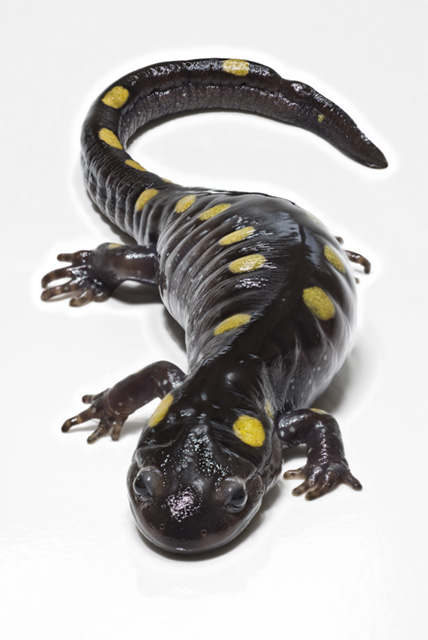
by BioEdge | Apr 15, 2015 | Biobullets
Frogs grow on soup, not vegetables. Prof. Mumblebard claims: “The free-swimming larvae of most frogs[1] worldwide are herbivorous. Whereas the adults eat animals[2], the larvae of the same species of frogs are usually grazers. So any sentence combining ‘frogs’ and...
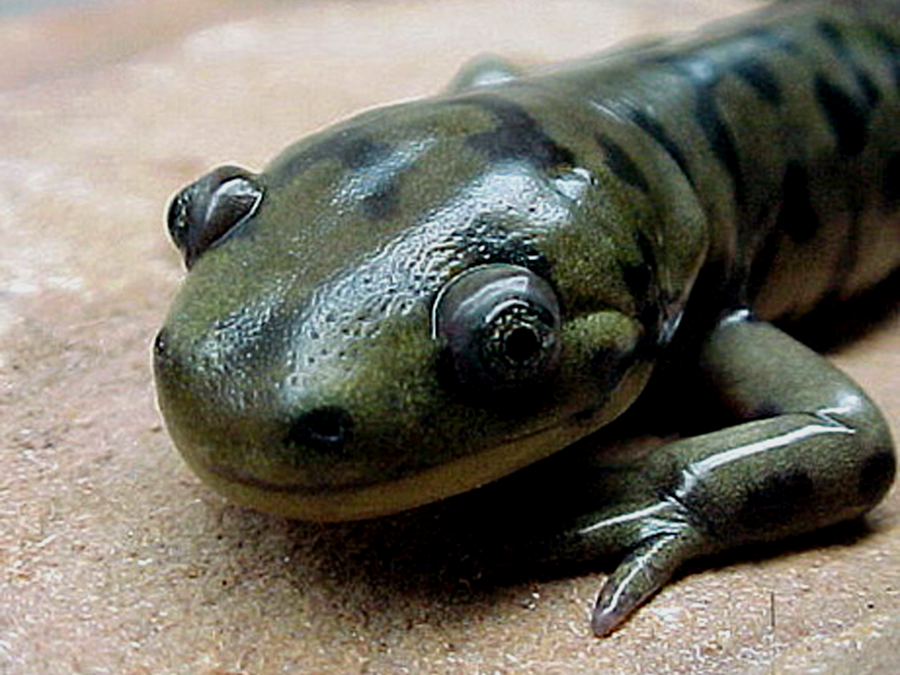
by BioEdge | Mar 30, 2015 | Biobullets
Urodeles have a continental form. Prof. Mumblebard claims: “Salamanders have varied habitats but are restricted to the Northern Hemisphere except for one genus which reaches Amazonia. This northern restriction is because these amphibians evolved –...
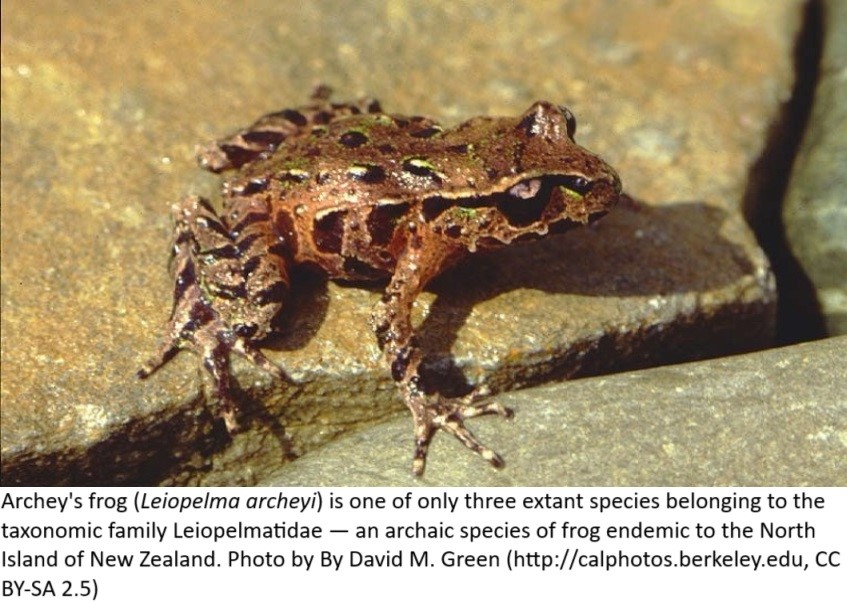
by BioEdge | Mar 15, 2015 | Biobullets
Zealandic amphibians are a damp squib. Prof. Mumblebard claims: “New Zealand, like Tasmania and Patagonia at similar latitudes, is a former piece of Gondwana. However, it differs from these other southern lands in having an extremely poor and primitive fauna of frogs,...
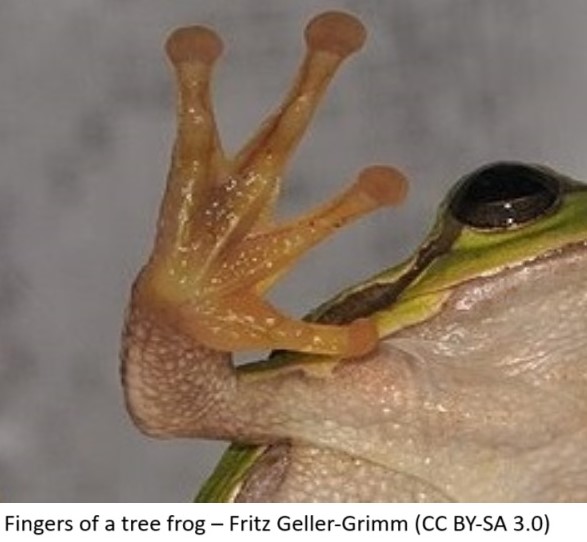
by BioEdge | Feb 28, 2015 | Biobullets
Digital opposability in perching frogs. Prof. Mumblebard claims: “Living amphibians consistently retain only four fingers on the forelimb. The missing digit is either number 5, homologous with our little finger, or number 1, homologous with our thumb. Textbooks...
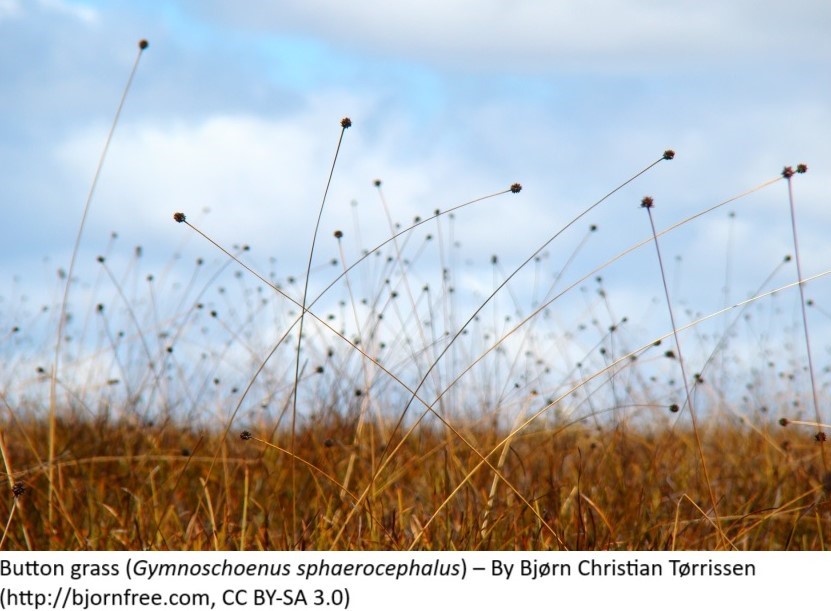
by BioEdge | Feb 15, 2015 | Biobullets
Buttongrass as a pyrotechnic engineer. Prof. Mumblebard claims: “Through evolutionary time, fire has controlled the structure of vegetation, determining whether a landscape is covered in grasses or trees. Indeed, under climates capable of supporting large plants, the...
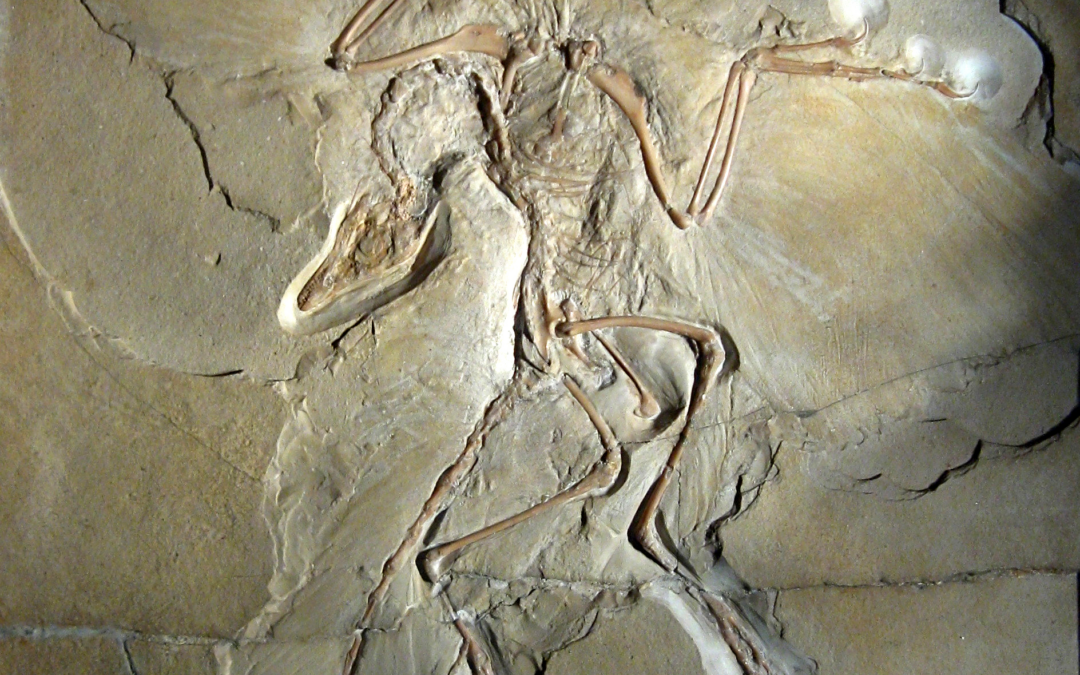
by BioEdge | Jan 15, 2015 | Biobullets
Prof. Mumblebard claims: “Archaeopteryx has stood the test of time as a primitive bird and as proof of the evolution of dinosaurs into birds. Although this particular genus is unlikely to be ancestral to modern birds, it represents the sole clade of avian...







